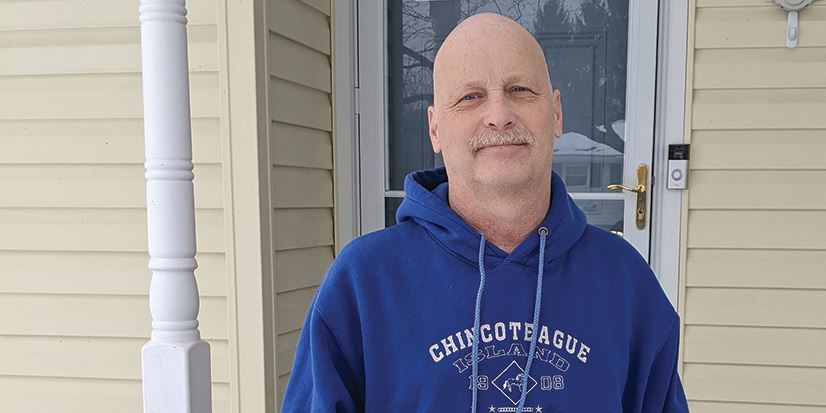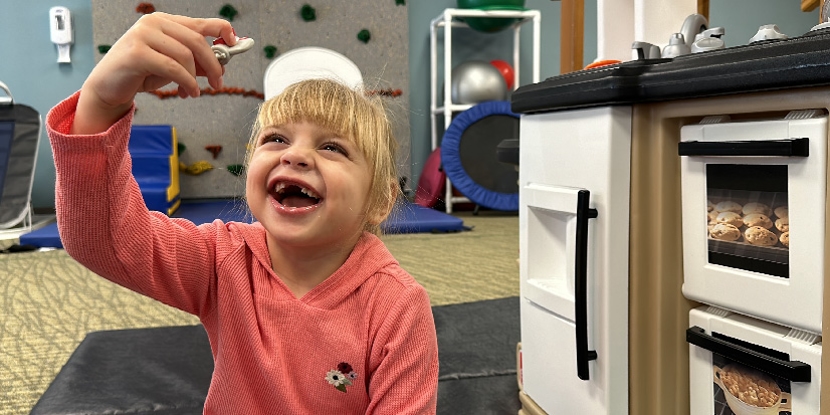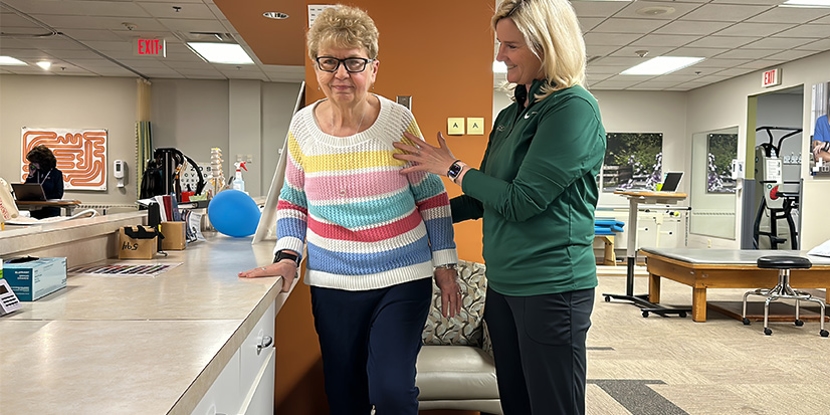David B.
- Author: David B.
- Date Submitted: Mar 23, 2021
- Category: COVID Rehab


David B’s experience with coronavirus began with a late-night trip to the emergency room on Christmas Eve night of 2020. After feeling ill and taking some Tylenol, he had woken his wife in the night because he simply couldn’t breathe. He remembers walking into the emergency room, but the details become a bit fuzzy after that. Not long after arriving at the hospital, David was placed on a ventilator.
David’s condition had deteriorated so quickly that he needed to be intubated right away. Intubation is a standard medical procedure that involves passing a tube into a person’s airway then connecting that tube to a ventilator or breathing machine that will control the flow of air in and out of the lungs. Doctors often perform the procedure before surgery or in emergencies to help a person breathe. In the case of patients experiencing severe symptoms of COVID-19, it is the last life-saving effort to keep patients alive as they battle the virus.
While the procedure is common, risks and complications are too. The longer a person is intubated, the greater the risks become. For David, there were setbacks. He suffered from pneumonia twice during his three-week intubation, and a blood clot. He was not awake during that time, but after talking to his wife he said, “You could tell there were times they didn’t know if I was going to make it.”
When a person goes on a ventilator, the muscles that typically handle their breathing start to atrophy within hours. After just three days in the ICU, patients may lose up to nine percent of their muscle mass. Making matters worse, many patients are put on sedatives to make it easier for the machine to take over, but this immobilizes other parts of their body too. All of this combined with days, weeks, or even months lying in a bed leads to wide-spread weakness that, once awake, can take even longer for the patient to gain back.
Once David was weaned off the ventilator and the tube was removed, the swelling in his throat left him barely able to speak above a whisper and unable to eat or drink. Wide-spread muscle atrophy throughout the rest of his body left David so weakened he could barely take two steps, even with the help of a walker.
After becoming more stable and regaining some strength, David was ready to move on from the acute care hospital, but not nearly strong enough to be sent home. According to a study in the Journal of Rehabilitation Medicine in April of 2020, David was not alone. At that time, twenty percent of patients recovering from COVID-19 would require facility-based rehab.
After being discharged from the acute care hospital, David was admitted to Heinz Rehab Hospital in Wilkes-Barre. There, David worked with a team of highly trained rehabilitation specialists to regain what the virus had taken from him.
“When David arrived, he was pretty decompensated in line with what we see in COVID patients. These patients have just been physically and mentally drained. This virus takes an incredible toll on a person’s body,” said Walter Slivinski, PT, DPT, Heinz Rehab Hospital.
“When we first started working together, it was hard for David to even sit up by himself. Most COVID patients have to relearn everything or at least have to build stamina for everything. From sitting up and getting dressed; to swallowing and talking; carrying on a conversation can be exhausting.
“Having to relearn, or like I said, build stamina for these things is not uncommon in patients that have been through something like this. What is uncommon is how quickly David did it!”
“His spirit and drive to want to get better was just incredible. Every day there was just more and more progress, and before we knew it, he was doing laps around us!”
On February 16th, just two weeks after being admitted, David was discharged from Heinz Rehab Hospital and walked out without the need of any assistive devices. He continued his rehab journey at home under the watchful eye of Allied Services Home Health. The team of visiting therapists and nurses continued the work of rebuilding his function and independence while monitoring his condition. In March, David returned to work as a building code inspector in the Wyoming Valley.
Struggling with mobility, weakness, balance and other symptoms is common in people recovered from COVID-19. Learn more about how Allied Services can help you or your loved following a debilitating illness or injury.


